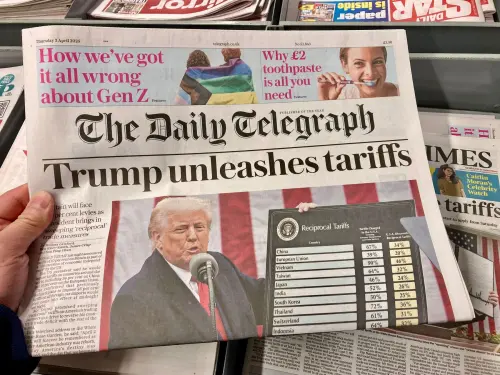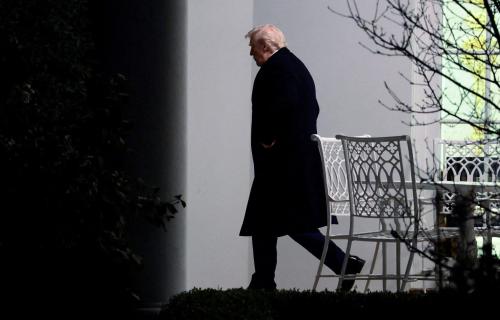Earlier this week the government of Daniel Ortega revealed a detailed route for the proposed Chinese-Nicaraguan transoceanic canal. If completed, the massive construction project would transform and uplift the Nicaraguan economy. It would also slice the Central American nation – and the Americas – right down the middle. Precisely one century after the President Theodore Roosevelt proudly opened the Panama Canal, a Chinese grand canal in the middle of the Americas would graphically symbolize the accelerating shifts in geopolitics.
The proposed canal would be 278 kilometers long – considerably longer than the Panama Canal – transiting through Lake Nicaragua for 105 kilometers, and would include two huge locks. Ambitious designs imagine two major seaports, an airport, a free trade zone and a tourism complex. During the construction phase the project would directly employ over 50,000 workers, and once in operations it would generate 200,000 jobs, some 10 percent of the current Nicaraguan workforce.
McKinsey & Company has been retained to draft a feasibility study, but it has yet to be released. Nevertheless, the canal’s proponents argue that global commerce will grow fast enough over the coming decades to overload the Panama Canal and provide sufficient business for the Nicaraguan venture. Moreover, unlike the Panama Canal, the Nicaragua passageway will be broad enough to accommodate the next generation of super-wide container ships.
Daniel Ortega granted an extraordinarily generous 50-year concession, renewable for another 50 years, to a Chinese firm to construct and operate this second ditch connecting the Pacific and the Atlantic oceans. The lead Chinese investor, Wang Jing, an unknown figure even in China, is a 41-year old billionaire entrepreneur with interests in mining, infrastructure and telecommunications. The big question is whether he can raise the estimated $40-50 billion and quite possibly much more to realize Nicaragua’s long-standing dream. It will be a challenge to raise the long-term financing required for a project that would not earn any income for six to 10 years during construction. Some officials working the Nicaragua canal project are proposing equity financing, but the project profile makes this unlikely. So will Chinese government-backed entities – state banks and state-owned enterprises – be willing to finance the mega-project?
So far the U.S. administration has remained quiet, privately assessing the project’s likelihood as low, and “not wanting to fan the flames,” in the words of one senior U.S. official. But as the project gains traction, Washington will surely react. Several large issues are at stake:
• Security
Will the Nicaragua canal include guarantees of “neutrality,” of openness to the shipping of all countries? What other security guarantees might the U.S. seek?
• U.S.-China geopolitics
Chinese economic presence in the Western Hemisphere has increased dramatically, but so far the U.S. has taken a “wait and see” attitude, acknowledging the mutuality of commercial benefits and not pre-judging political or geopolitical opportunities that China might seize. But a Chinese-Nicaraguan canal would signal a much higher level of Chinese assertiveness.
• Contracts
If Chinese entities provide the bulk of the financing, they are likely to tie their support to Chinese equipment and quite possibly Chinese workers. Can there be open and fair bidding, allowing for contracts with U.S. firms such as Caterpillar and Bechtel, as well as for Mexican and Brazilian construction companies?
• Latin American geopolitics
The Canal would provide a powerful business boost to Nicaragua, helping to ease the transition away from fading Venezuela financing. But if successful, the Ortega-championed project, which has captured the popular imagination, could solidify one-party politics in Nicaragua for the foreseeable future. In light of the instability in the northern-tier Central American states (Honduras, Guatemala, El Salvador) and Costa Rica’s extra-regional prism, a strong unified Nicaraguan state could become the dominant power in the isthmus.
• Environmental consequences
What will be the impacts on Central America’s largest lake and on the bio-diversity of Nicaraguan forests? How will the requisite energy be generated?
In the coming months, we should know more about the McKinsey assessment as well as the results of a commissioned environmental study. We may also hear more about the critical financial component – and whether China is ready to reveal its hand.
The Brookings Institution is committed to quality, independence, and impact.
We are supported by a diverse array of funders. In line with our values and policies, each Brookings publication represents the sole views of its author(s).


Commentary
A Transoceanic Canal for Nicaragua?
July 9, 2014